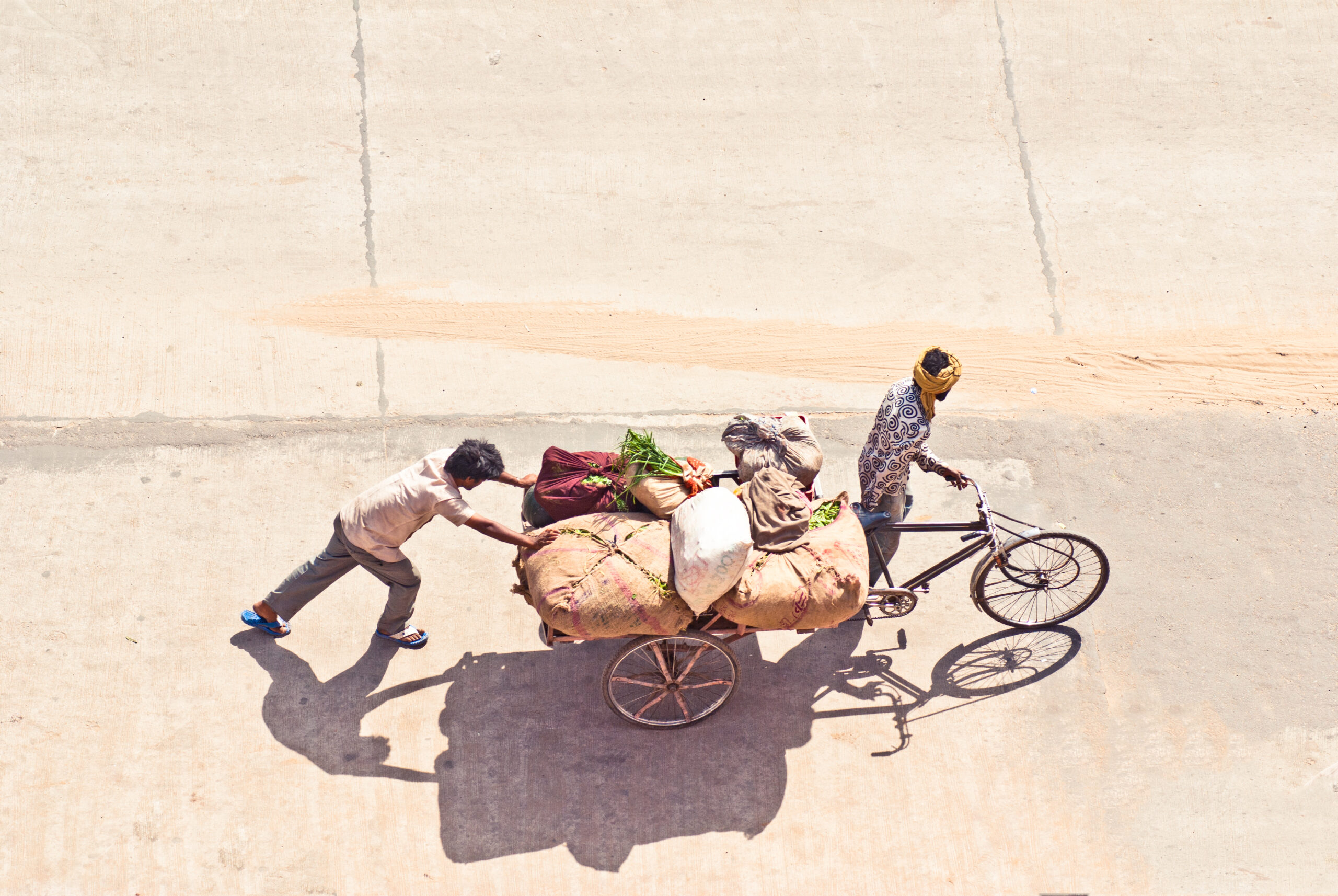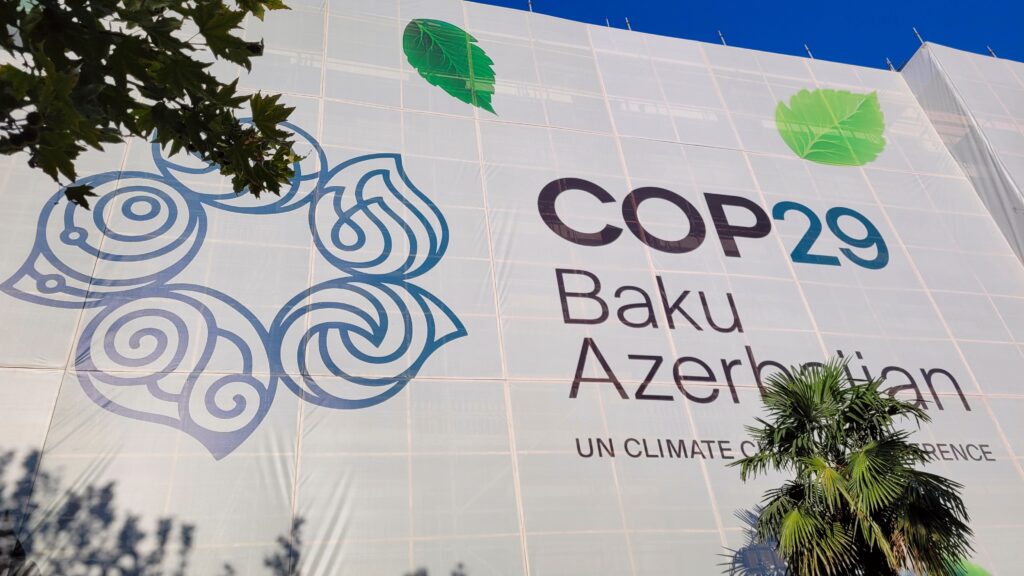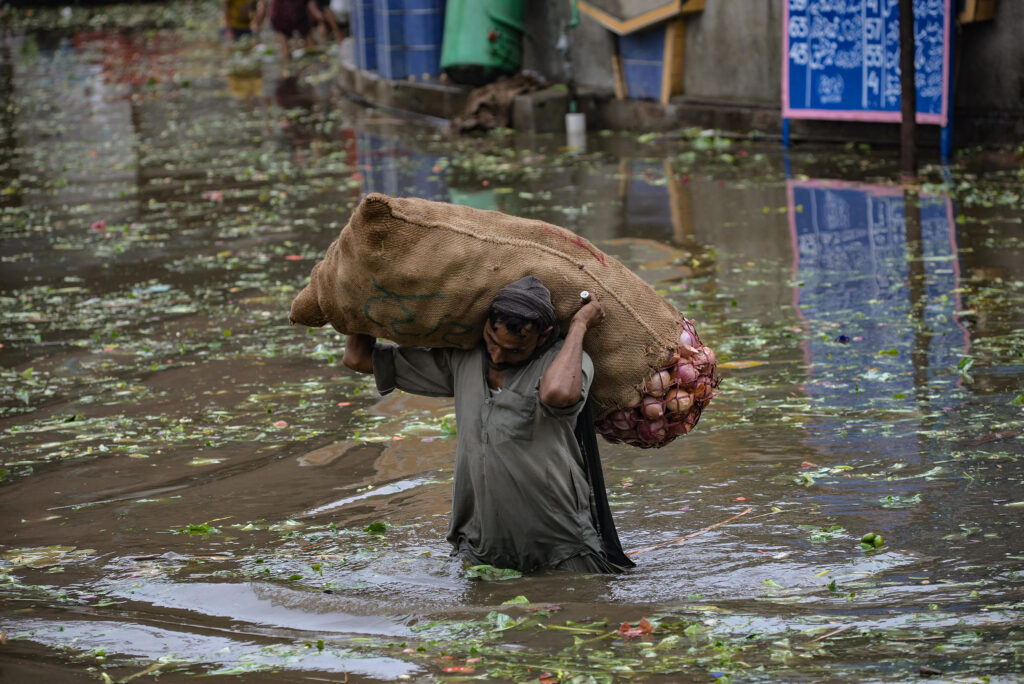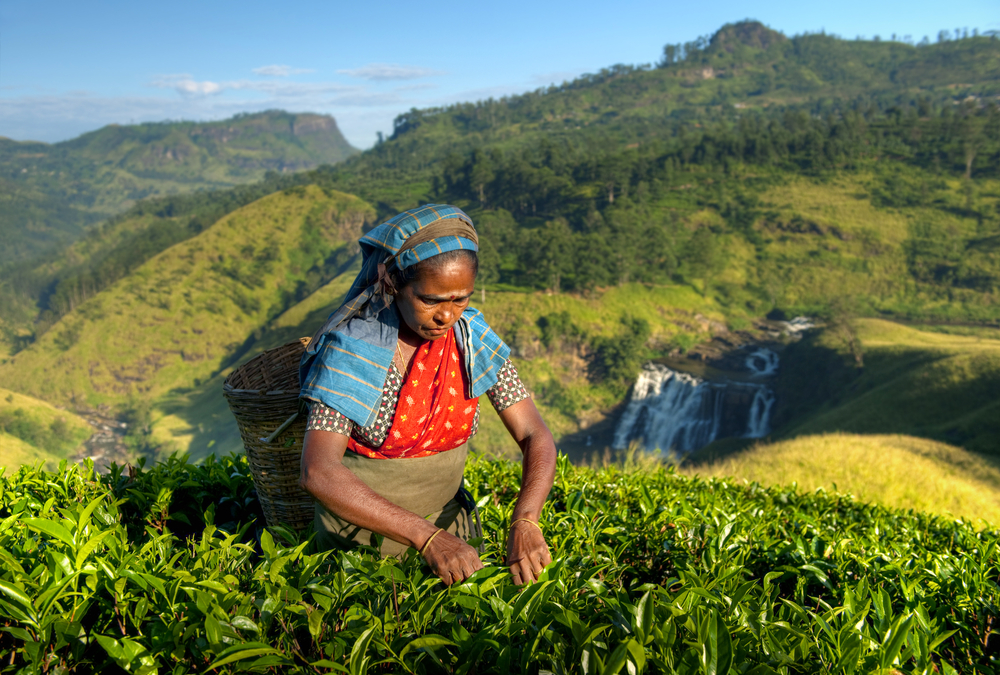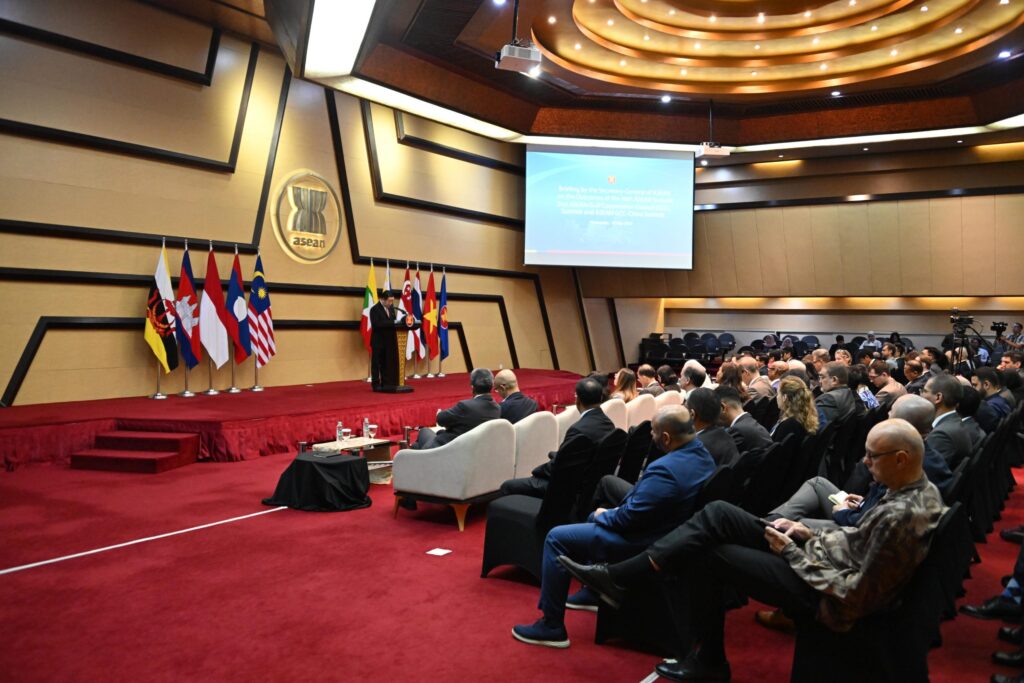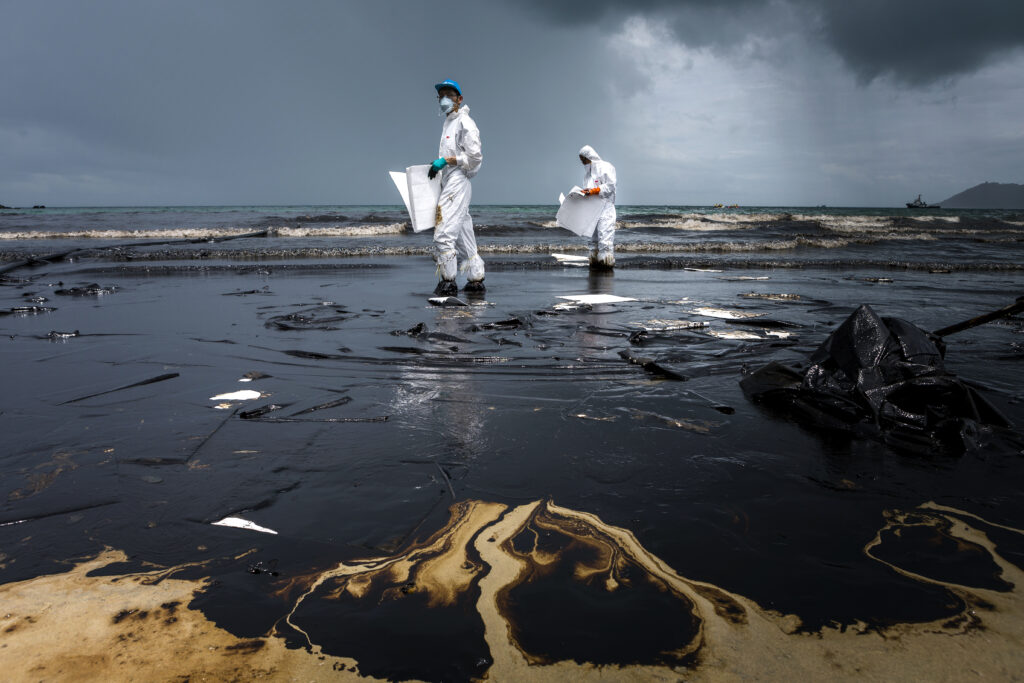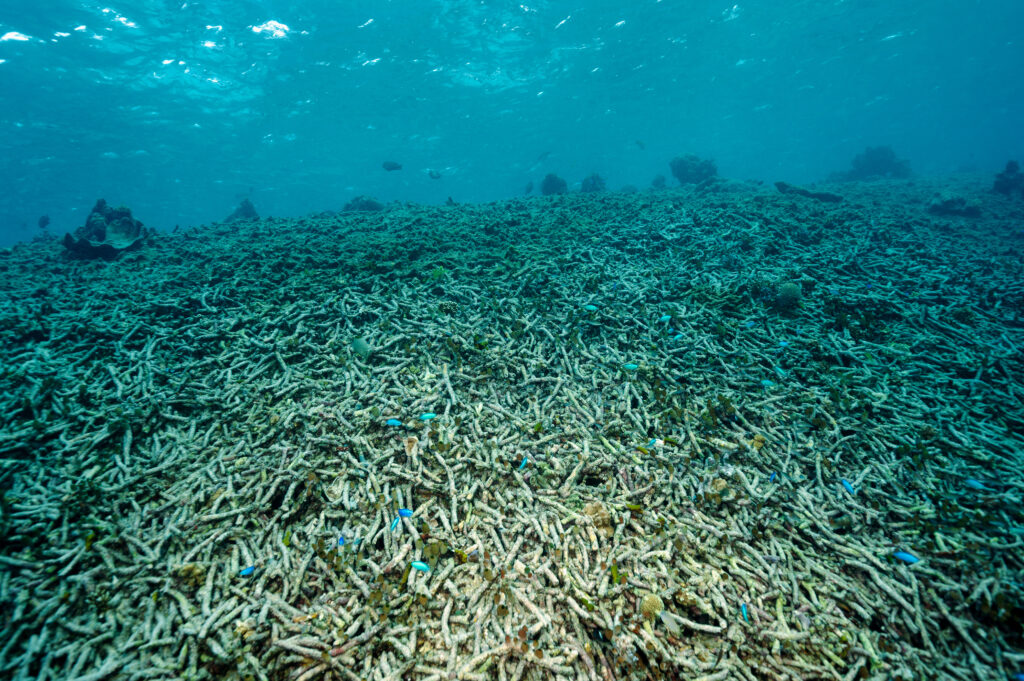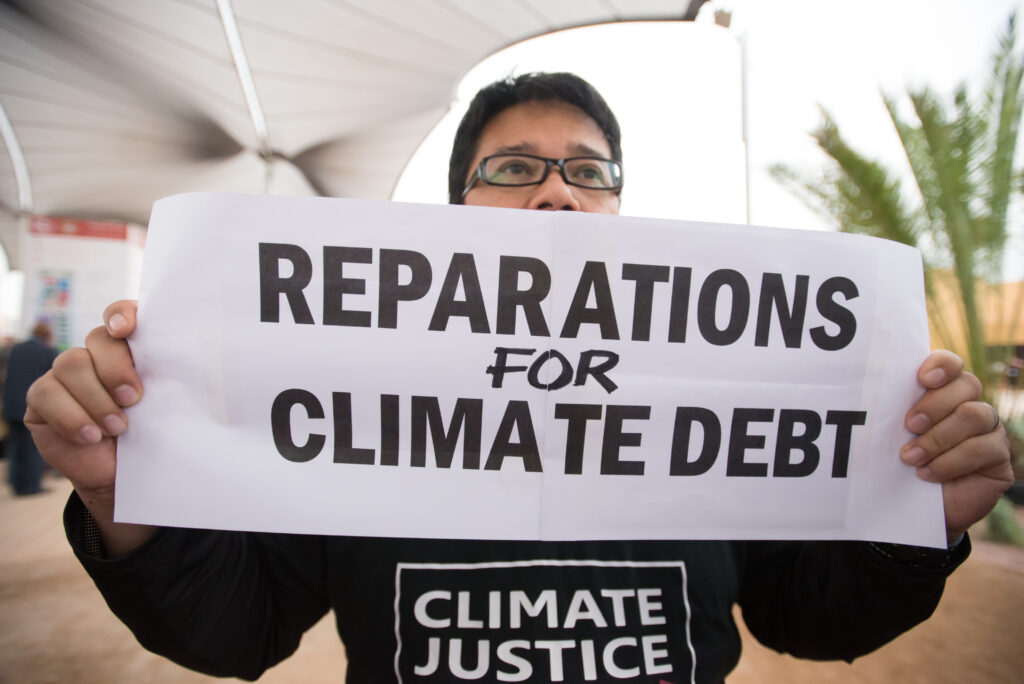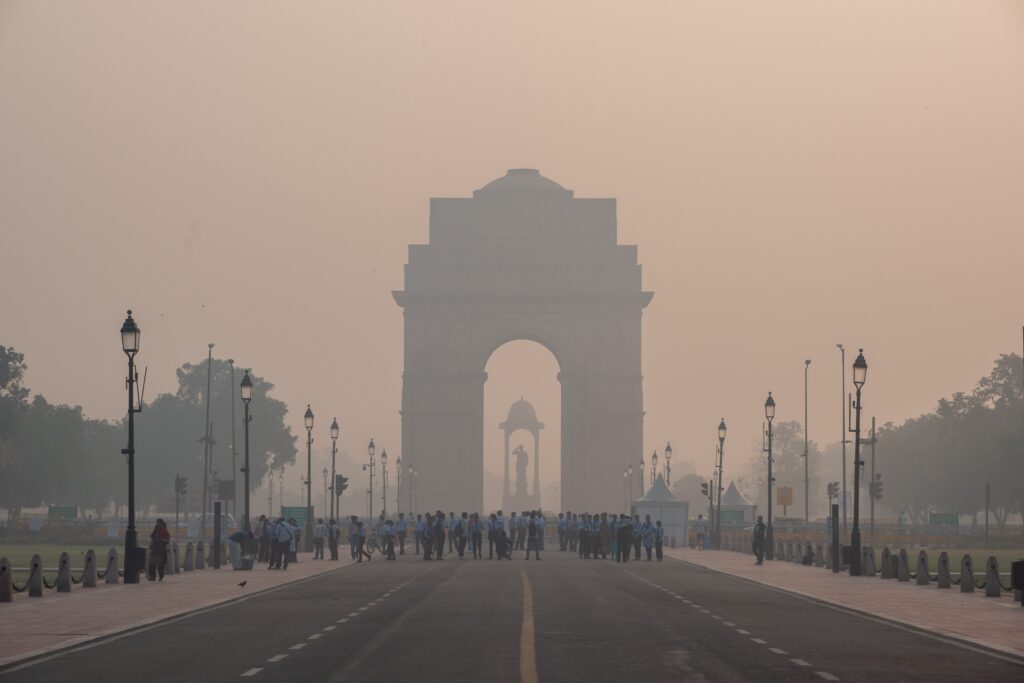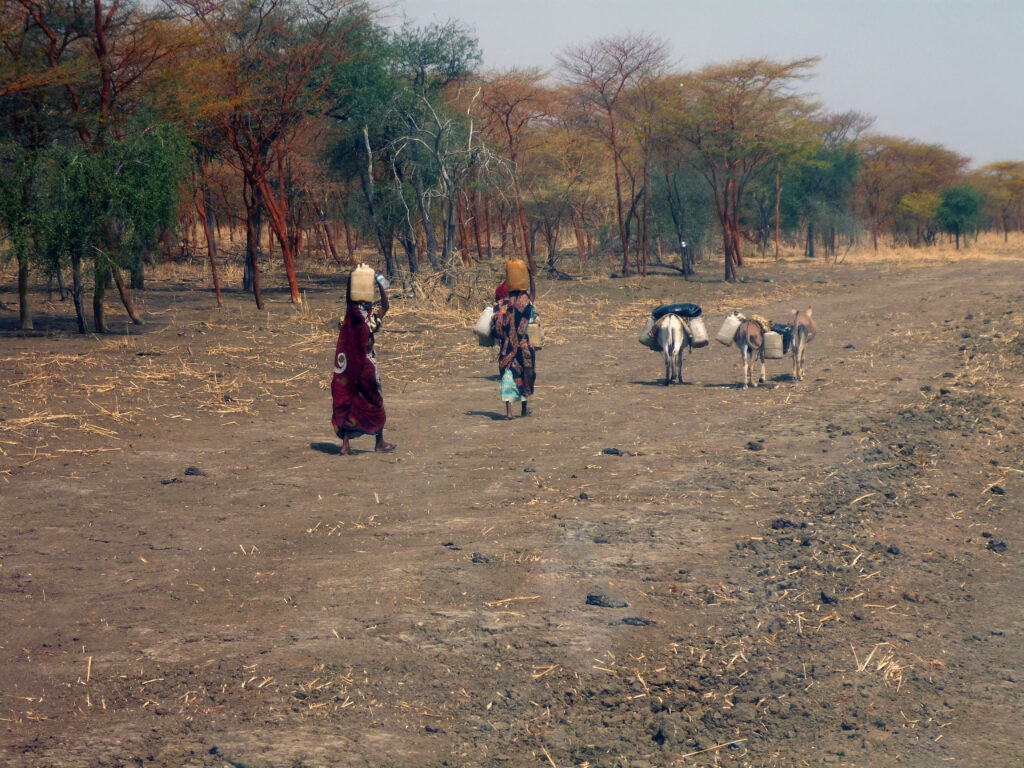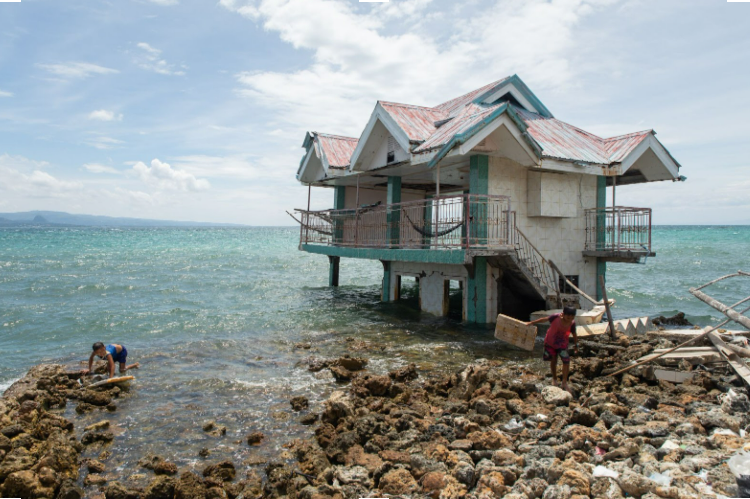If you find yourself in South Asia during the pre-monsoon period or at the height of summer, you’re likely to be among the locals attempting to beat the heat either under a bridge, a tree or, if you’re lucky enough, in an air-conditioned building. The latter option is reserved for a select few among the billions that call South Asia home.
Extreme weather events, like the 2023 South Asian heat wave, are inherently unfair. In countries like India and Pakistan, outdoor workers like farmers and daily-wage builders feel the brunt of soaring temperatures, along with other vulnerable groups like the elderly and those mired in poverty. Generally speaking, these sub-sections of society don’t have the option, nor the resources, to escape extreme heat by using devices like air conditioning. This is a growing issue in a world where human induced climate change is making heat waves more intense and frequent.
Heat Waves in South Asia Affect the Vulnerable the Most
One area of South Asia, known as the Indo-Gangetic Plain, runs across Pakistan, India and Bangladesh and is home to 700 million people. It’s also a region exceedingly exposed to climate change’s impacts, like the South Asian heat wave in 2023.
Adding to the consequences of extreme heat are large parts of the region that are depressingly poor, which influences how people can adapt to climate change. The Indian state of Bihar is a palpable example. Home to 100 million people, Bihar is not only India’s poorest state, but as The Hindu notes, the population is “multidimensionally poor”. Adding poverty and development issues to global warming makes Bihar significantly prone to a litany of challenges. It’s of little surprise that many working-age Bihari men migrate elsewhere in India, finding jobs in booming industries like construction. But as construction requires outdoor work, having more frequent heat waves means missed working hours – a vicious cycle for those moving due to unemployment. These individuals end up moving only to find themselves missing out on income from climate change’s impacts.
Deaths and Heat-related Illnesses
The consequences of severe heat waves are dire. A study in The Lancet, a medical journal, found that there were 111,613 heat-related deaths across South Asia from 2000-2019. During the South Asian heat wave in April 2023, temperatures in six Indian cities breached 44°C. In Mumbai alone, 13 people died from heatstroke after attending a government award ceremony and over 50 were hospitalised.
April’s scorching temperatures were but a prelude to more heat waves striking India in May 2023. In Uttar Pradesh, India’s most populous state, the mercury reached 45°C. This caused massive spikes in electricity demand as cooling devices, like air conditioning, ramped up. Blackouts of up to 12 hours were next, as energy supplies were rerouted. Protests ensued outside power stations in Lucknow, Uttar Pradesh’s capital city, where people demanded power. The Indian government’s order earlier in the year to run power plants at full capacity during heat waves was insufficient to satiate the energy demand.
Ramesh Gupta, a Lucknow resident, told the Associated Press that the power cuts meant he and his family had no access to air conditioning, fans and even water. He said that while the heat stress made life unbearable, the lack of power added to the misery. Gupta added that he and his wife were forced to sleep in their car with the air conditioning on high so that his baby would stop crying.
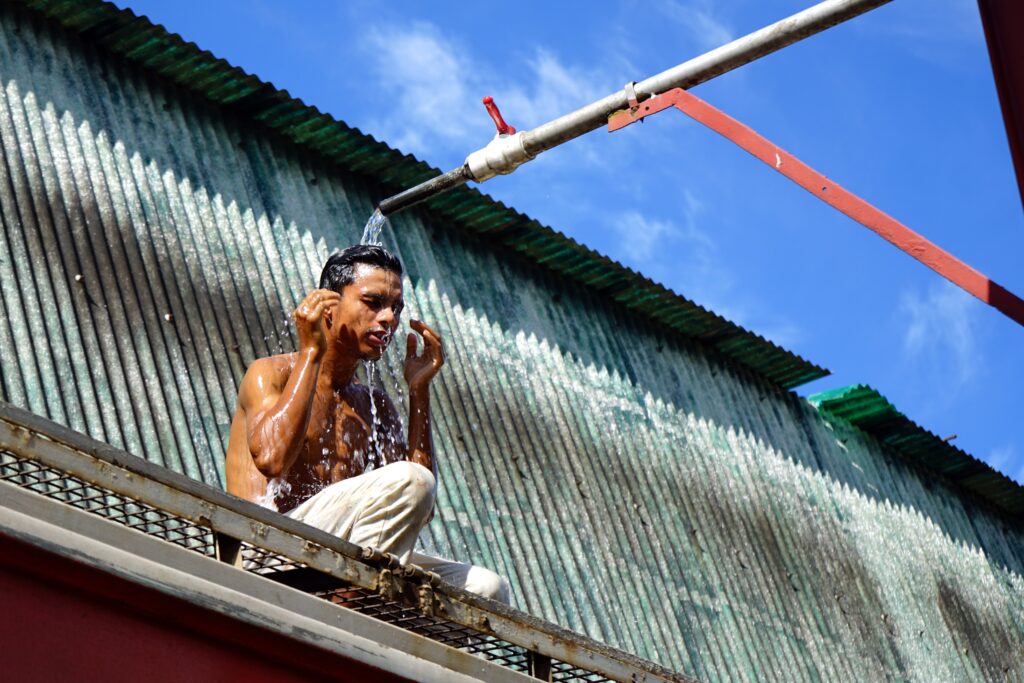
Extreme Heat and Wet-bulb Temperatures
The unjust nature of South Asian heat waves is brewing worries in public health circles. Experts fear that climate change’s impacts are pushing the limits of survivability across the Indo-Gangetic Plain. One factor contributing to this is the deadly combination of high heat and humidity.
If humidity levels are too high, the ability of the body to cool itself through sweat shuts down, as the perspiration cannot evaporate. This is measured as the “web-bulb temperature”. It is gauged by wrapping a thermometer in a wet cloth and recording the temperature. A wet-bulb temperature past 32°C is considered extremely dangerous for human health, and above 35°C will lead to death within six hours. Last year, the Pakistani city of Jacobabad saw a wet-bulb temperature reach 33°C during a heat wave. Similarly, India saw wet-bulb temperatures reach around 31°C in Chennai and 34.6°C in Ernakulam in 2022.
Even if temperatures remain below dangerous wet-bulb levels, they still have a debilitating impact on South Asia’s functioning in general. Protests are just one form of destabilisation, but so are the shutting down of schools, decreased working hours and the heat-related pressures placed on South Asia’s primary agriculture sector.
What Can Be Done and Are Heat Action Plans Enough?
Heat waves are spurring governments across South Asia, particularly in India, to draft up “heat action plans”, or HAPs. These will become pivotal as climate change intensifies over the coming years for areas prone to extreme heat.
India’s HAP, according to an analysis, splits itself into six categories that cover areas that include infrastructure changes, information dissemination, nature-based solutions, behavioural changes, capacity builds and technology. India’s HAP has been lauded for its diverse approach, addressing issues from health to economic growth. For example, cooling centres, more green space in urban areas, public alerts, labour guidelines, managing heat-related illnesses and improving health facilities are all important and interconnected.
There are shortcomings, however. India’s HAP, as inclusive as it is, misses the mark regarding vulnerable populations. Daily wage labourers, for example, make up a significant portion of India’s workforce, especially in construction. For many, forgoing a day’s work can have immediate consequences without some form of income support. While India’s HAP includes labour guideline improvements, if they are not inclusively developed, they could impact financially vulnerable groups. Knock-on effects would ripple through family networks. Similarly, nature-based solutions, like greening cities with more trees, may conflict with the needs of poorer communities already living in dense areas that are severely overcrowded. Space is a rare luxury.
Additionally, much of India’s electricity grid, in its current form, is unable to handle the soaring demands of energy during extreme heat events. Lucknow’s recent experience exemplified this with its 12-hour blackouts. This impacts the potential for cooling centres and could hamper an already overburdened healthcare system during a devastating heat wave.
For comparison, in the United States, researchers are predicting surges in hospitalisations due to heat waves and the accompanying power outages. Using data from previous heat waves, the researchers looked at cities that rely on air conditioning during summer, like Phoenix, Arizona. They found that 56,000 people per day could visit emergency wards during a blackout coinciding with a heat wave in a city with only 3,000 hospital beds. In a country like Pakistan or India, where electricity availability is already uneven, the numbers would be drastically higher.
While well-intentioned, India’s HAP still has a long way to go if it is to alleviate extreme heat. It must also bridge the gap between well-intentioned policy and appropriate financing measures.
The Unfairness of South Asia’s Heat Wave
Bright spots are few and far between as South Asia unfairly comes to terms with more frequent and extreme heat waves. Vulnerable populations look set to face the brunt of the impacts. Without swift action, there is little comfort to be found in a region becoming increasingly difficult to live in. While HAPs will be important, as the climate becomes hotter, without drastic steps like reducing greenhouse gas emissions, their effect could be limited.
Ashley Crowther
Writer, Australia
Ashley has reported on and photographed key stories on climate change, social development and other issues throughout Asia for nearly a decade. His work has been commissioned and appeared in publications such as the Financial Times, Vice, Marie Claire, The Guardian and more, and NGOs including the UN Foundation. He is the author and lead photographer in Our Dark Materials: Black Carbon & the Himalayas and was part of the team that won The Society of Publishers in Asia (SOPA) award for Excellence in Human Rights Reporting in 2022.
Ashley has reported on and photographed key stories on climate change, social development and other issues throughout Asia for nearly a decade. His work has been commissioned and appeared in publications such as the Financial Times, Vice, Marie Claire, The Guardian and more, and NGOs including the UN Foundation. He is the author and lead photographer in Our Dark Materials: Black Carbon & the Himalayas and was part of the team that won The Society of Publishers in Asia (SOPA) award for Excellence in Human Rights Reporting in 2022.

